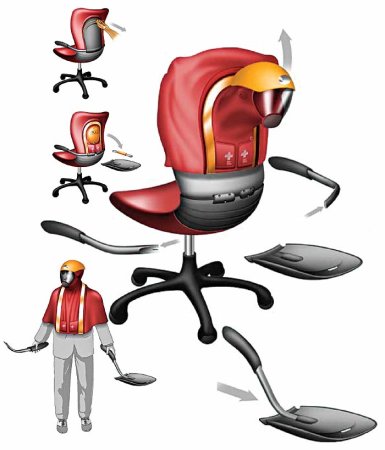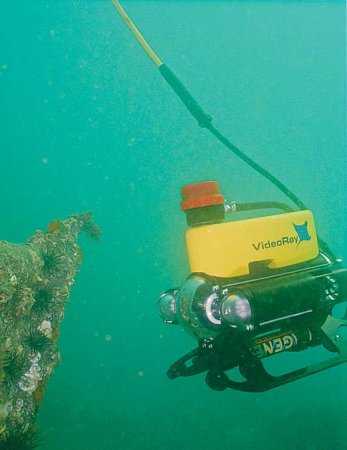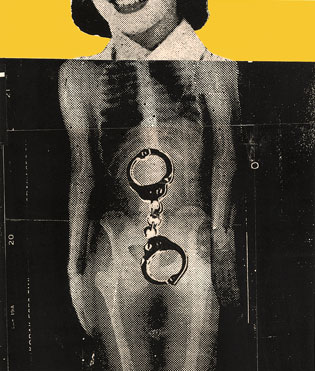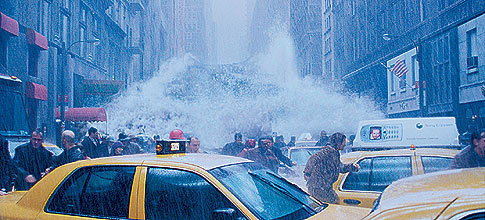A few months ago I got a voicemail from my seven-year-old nephew informing me that he needed help building a satellite communication device. He had most of the necessary parts, he assured me, including aluminum foil, some wires and cables, and AA batteries. All we needed to get started was a radio or remote control.
Nothing came of our project, but the imaginative reach of his idea made me wonder: Where did this itch for invention come from? Was my sister sprinkling something in his cereal? Reading him Arthur C. Clarke at bedtime? When I got around to asking her, she attributed it to The Adventures of Jimmy Neutron: Boy Genius, a cartoon about a 10-year-old kid who builds satellites out of toasters.
Hold on. Could television be boosting kids´ interest in science? Could cartoons be doing . . . good? Under the tutelage of my nieces and nephews and a certain editor-in-chief who watches far too many cartoons with his own seven-year-old, I decided to find out. Thus began a ´toon-watching binge that had me up at 7 a.m. on Saturday for the first time in 20 years.
What I found surprised me. The Cartoon Network and Nickelodeon are rampant with child scientists, miniature Edisons who run around exclaiming â€Holy Heisenberg!†and â€Einstein´s Ghost!†When children aren´t donning lab coats, they often have scientist parents, such as Mrs. Wakeman, the wild-eyed mother
of Jenny the android on My Life as a Teenage Robot, or Professor Utonium, who uses his science know-how to help his tiny crime-fighting daughters save the day on The Powerpuff Girls.
The pint-size hero of Dexter´s Laboratory cobbles together reactors and
asteroid-blasting robots; in his downtime he reads books like Quantum Science for Fun. Jimmy Neutron, meanwhile, has a tech solution to every problem, whether it´s striking out in baseball or getting beat up by a bully. In one episode he´s upset because his poem-â€Roses have low spectral wavelengths/ Violets have high/ Cindy is unable to express these values in angstrom units/ Cause she´s
not as smart as Iâ€-doesn´t measure
up to his rival´s, so he pops artificial-
intelligence chips into a pair of nanobots and tells them to correct his verse.
For children, so often subjected to the whims of adults, power is a compelling form of fantasy. In these shows, it´s science that provides that clout, to those who know how to manipulate it for their own ends. Sometimes, of course, schemes backfire. In one episode, Dexter makes a device that he plans to use as a microscope but agrees to let his sister sell it
as a hat after she tells him it will be a
moneymaker. Her customers grow gargantuan heads. And Jimmy´s nanobots misinterpret their poetry assignment and start, um, deleting all humanity. â€The lesson is that things can go wrong in the hands of a 10-year-old-or anyone with a very short attention span,†says John Davis, Jimmy Neutron´s creator.
Meanwhile, pseudoscience prevails in Danny Phantom, a show about a kid who accidentally turns himself into a ghost in his parents´ lab. But the tendency on TV for the paranormal to trump the rational (which had Oxford geneticist Richard Dawkins railing against The X-Files in its heyday) doesn´t always hold. When a lake monster starts terrorizing Jimmy´s town, Retroville, he insists on investigating and finds that his father has been dumping toxic sludge from Jimmy´s own lab, which caused a pet turtle to mutate into a beast. Realistic? Of course not. But Jimmy´s skeptical approach is a nod to the scientific method.
In any case, true accuracy isn´t the point. It´s not a cartoon´s job to teach kids that if Jimmy really did take his friends miniature golfing on Mercury they would, due to temperature swings of 500






